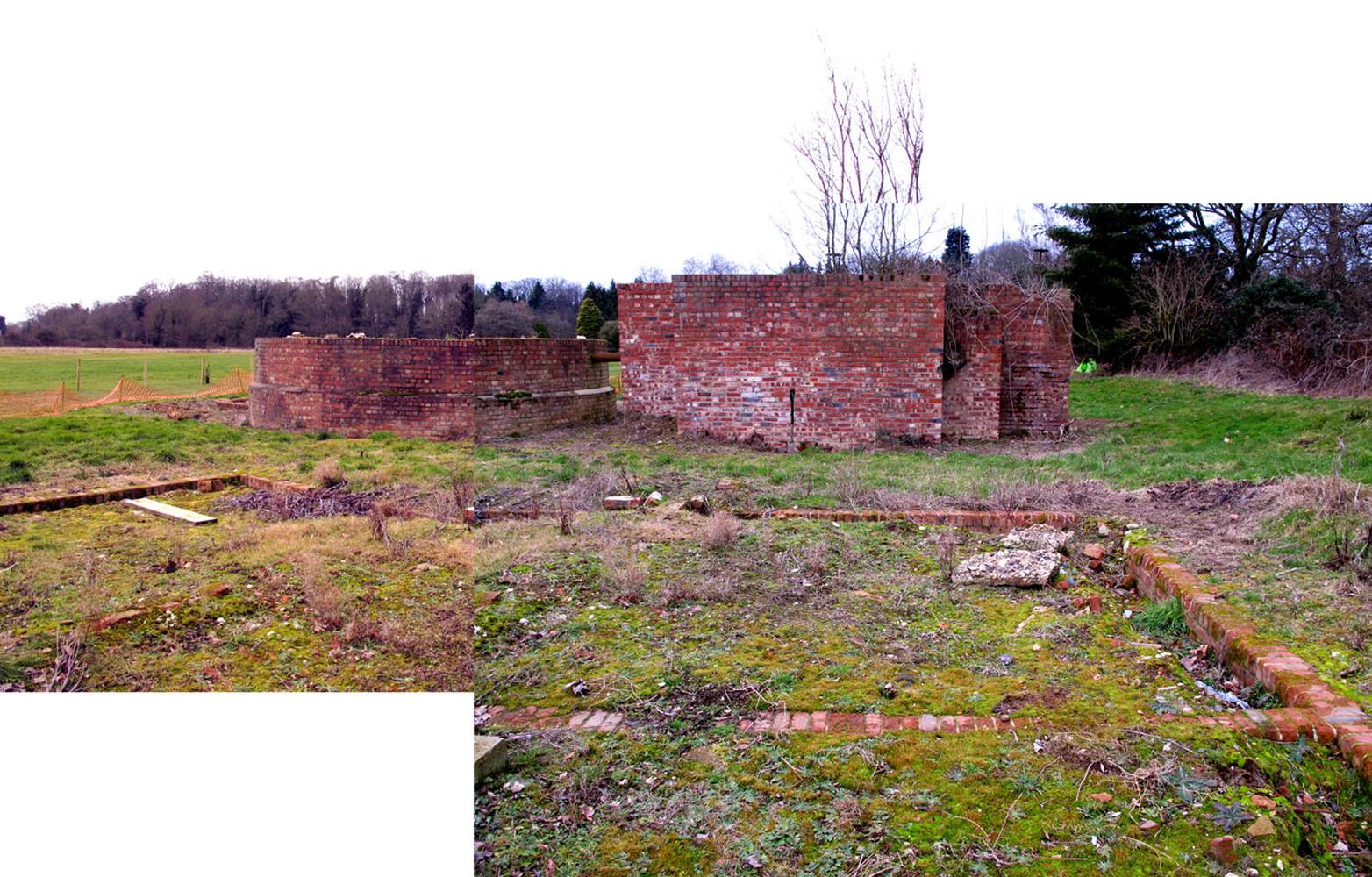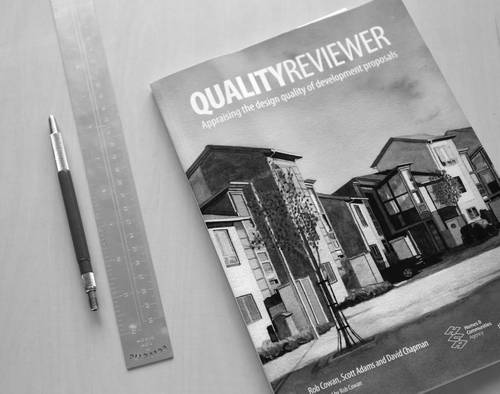Paragraph 55: clues from old policy
March 2016
Paragraph 55 of the National Planning Policy Framework (NPPF), which replaces Planning Policy Guidance Note 7: Countryside (PPG7) and Planning Policy Statement 7 (PPS7) contains the current guidelines on building single dwellings in isolated areas of countryside; that is, somewhere outside of established rural communities, smaller settlements or defined development zones.
In a nutshell, it states that the design must:
- be truly outstanding or innovative, helping to raise standards of design;
- reflect the highest standards in architecture;
- significantly enhance its immediate setting; and
- be sensitive to the defining characteristics of the local area.
Naturally, the wording of the current guidance has been refined since the first policy was introduced almost 20 years ago. However, looking back over the two policies which preceded it, there a few clues as to what might be expected (or demanded) in order to gain approval on these sites today.
PPG7 was introduced in 1997 by then environment minister John Gummer and was the first policy to allow ‘special justification’ for houses to be built in the open countryside. PPG7 (or Gummer’s Law) excitedly introduced this opportunity for ‘each generation to add to the tradition of the Country House which has done so much toenhancethe English countryside’.
As well as respecting the ‘principles of good design’ the building should also respond to ‘local distinctiveness’. An assessment or ‘proper account’ of ‘local or regional building traditions and materials’ should be undertaken before considering equivalent materials that are not local.
PPS7 was published in 2004 replacing PPG7. Two words were introduced in this policy and endure in today’s guidance:innovativeandoutstanding. It’s important to note that, whilst the current guidance calls for outstanding designorinnovation, this earlier policy called forboth together. Despite this change in the wording, our experience is that there is still an expectation for both.
‘Very occasionally’, PPS7 states, the ‘exceptional qualityandinnovative nature’ of a design may give special dispensation to allow development of an isolated site. It is suggested that this can be achieved through ‘the use of materials, methods of construction or its contribution to protecting and enhancing the environment’.
A design might be justified if it is ‘clearly of the highest quality, is truly outstanding in terms of its architecture and landscape design’. With no neighbouring architectural precedent, the landscape and the site must be both the primary design driver and the beneficiary with the proposal ‘significantly enhancing’ its surroundings.
With reportedly only six Paragraph 55 approvals granted per year, demonstrating the outstanding and innovative nature of design proposals for isolated sites remains key.

